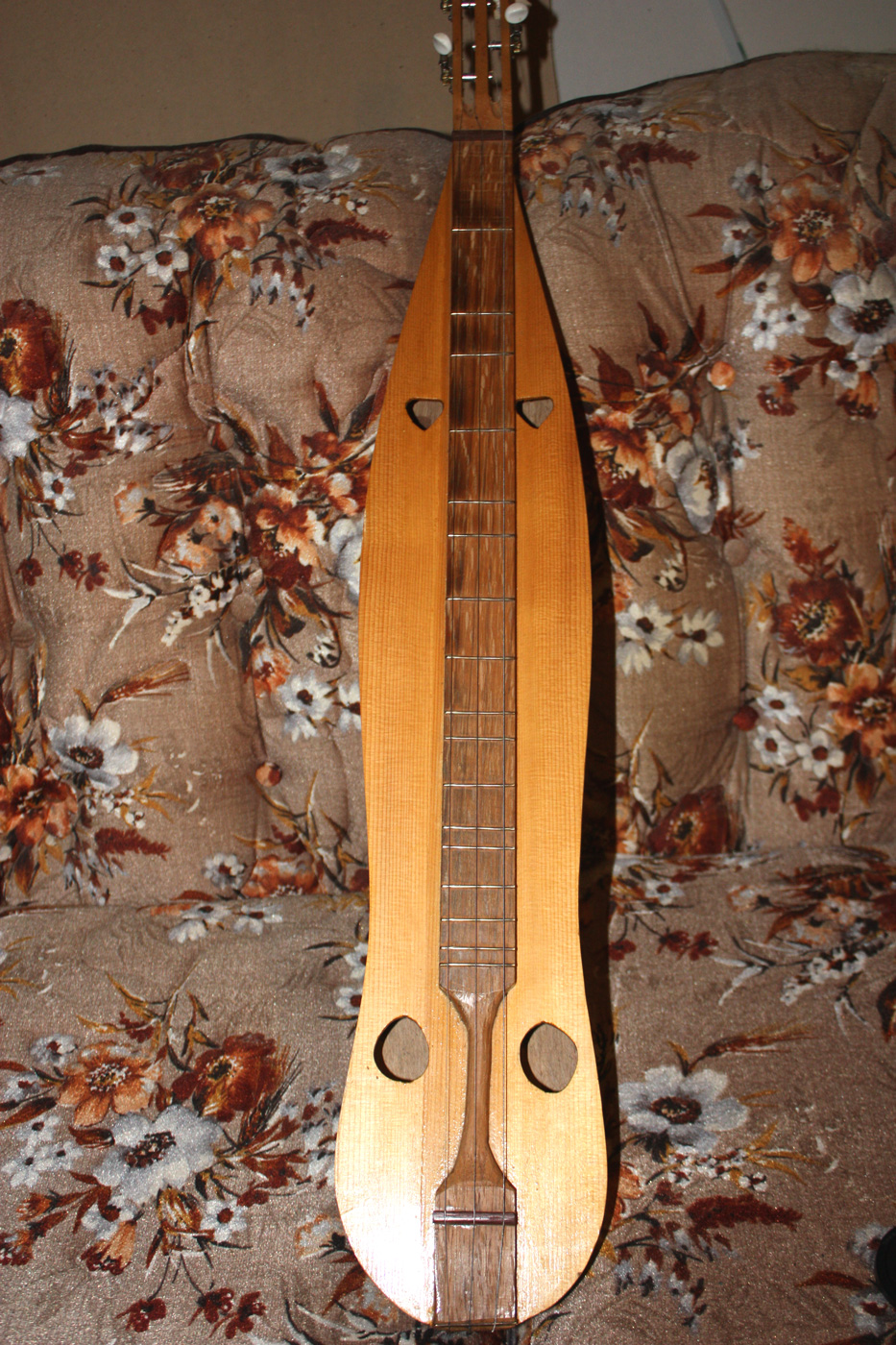Just by chance several weeks ago, before my friend sent me the link to this dulcimer sale, I had started gathering information on A.W. Jeffreys for my Today In Mountain Dulcimer History posts but never completed it. This got me jump started. In fact today I traded several emails with Jeffreys' daughter, Jan. I'm still tweaking this but this is what I have so far:
A.W. (Alois Waldo) Jeffreys, Jr. was born in 1923 in South Hill, Virginia to a tobacco farmer/auctioneer.
A.W. Jeffreys was a Naval pilot during WWII. In 1946 he was in the naval pilot's group that was the fore-runner to today's Blue Angels, then known as the Flight Exhibition Team.
After his Naval career he was a clinical psychologist. He was Chief Psychologist at Western State Hospital at Staunton, Virginia for 33 years.
According to his daughter Jeffreys became interested in dulcimers after observing local folk playing them in the mountains of Virginia where he lived. He made his first dulcimer in 1956.
About 1960 he started the Appalachian Dulcimer Company in Staunton, it was a family business. His wife ran the business side and she and the kids, Jay and Jan, helped A.W. with various aspects of the business and building dulcimers.
Jeffreys built both 3 string and 4 string instruments, but preferred 3 strings, in walnut, cherry or butternut with either heart or diamond shaped sound holes. With each dulcimer came an instruction book, which he wrote, a cloth bag, a hand cut pick, and an optional LP record made by his friend, Paul Clayton.
In the mid-1970s A.W. and his wife took over all the work when Jay and Jan left home. The business wound down sometime in the late 1980's. It is estimated that over 3000 dulcimers were made. Sometime in the 1980's Jeffreys donated much of his dulcimer collection to the Smithsonian Institute.
Jan told me her dad played the dulcimer very little as he was more of a vocalist. But the song she remembers the most was "Go tell Aunt Rhody".
A.W. Jeffreys died 29 January 1992.
updated by @david-bennett: 10/15/18 05:24:56AM


 )
)


